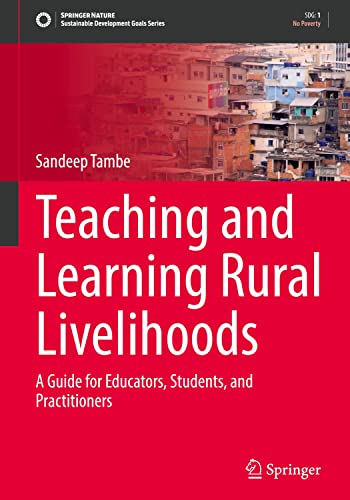

Most ebook files are in PDF format, so you can easily read them using various software such as Foxit Reader or directly on the Google Chrome browser.
Some ebook files are released by publishers in other formats such as .awz, .mobi, .epub, .fb2, etc. You may need to install specific software to read these formats on mobile/PC, such as Calibre.
Please read the tutorial at this link: https://ebookbell.com/faq
We offer FREE conversion to the popular formats you request; however, this may take some time. Therefore, right after payment, please email us, and we will try to provide the service as quickly as possible.
For some exceptional file formats or broken links (if any), please refrain from opening any disputes. Instead, email us first, and we will try to assist within a maximum of 6 hours.
EbookBell Team

4.1
100 reviewsThis book synthesizes the conceptual and applied aspects of rural livelihoods as a discipline, and collates the analytical frameworks and approaches that have been designed, applied, and discussed over the last five decades. These include the sustainable livelihoods approach with its vulnerability-asset construct, collective governance of common pool resources, livelihood trajectories and poverty dynamics, rights-based approach and social justice, graduation approach for the ultra-poor, and the resilience framework to address complex risks. The book is divided into three parts, namely: introduction to rural livelihoods; synthesis of the present state of knowledge; and strengthening the knowledge action pathway. At the end of each chapter, a set of class exercises is provided to bring about a deeper understanding of these approaches and their application in real-life situations.
The expected outputs from penning this textbook are threefold. Firstly, it assimilates the rural livelihood works of eminent academicians under one cover. Secondly, it positions itself as a one-stop destination for educators by translating these concepts into a ready-to-teach applied format. Thirdly, it functions as a ready reckoner for young professionals by providing a step-by-step approach to apply these learnings in real-life situations. The purpose of this book is to provide a solid foundation to the teaching and learning of rural livelihoods in academia, bridge the gap between the science, policy, and practice of rural livelihoods, and finally shape a pool of better informed and equipped professionals in development.
Special thanks to Himanshu Rohira for his contributions and assistance.